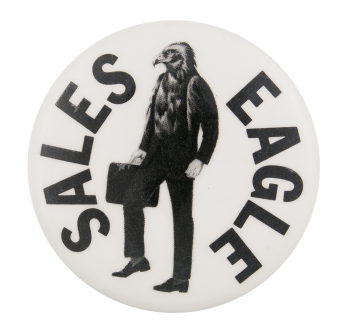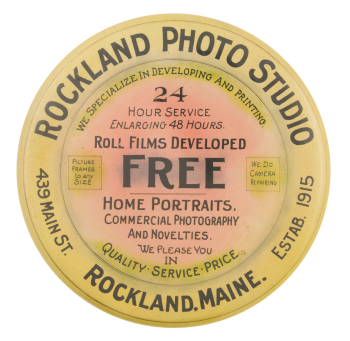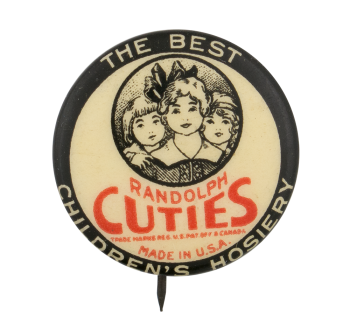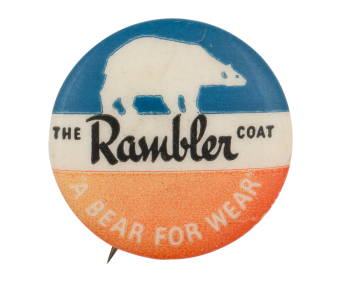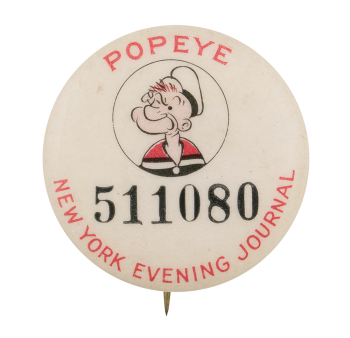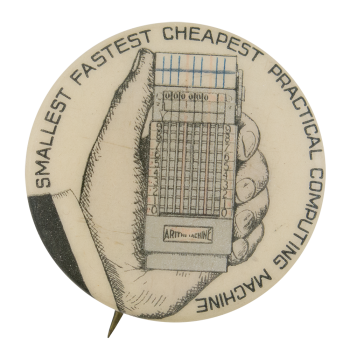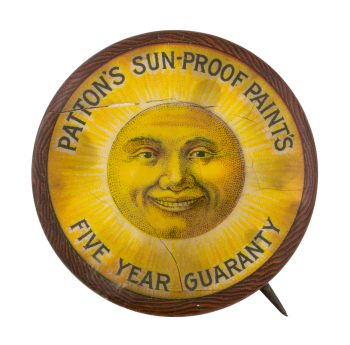Sales Eagle
| Category | |
|---|---|
| Additional Images | |
| Sub Categories | |
| Text on Button | SALES EAGLE |
| Image Description | Black and white illustration of a man with an eagle head holding a briefcase and text on both sides of image. |
| Back Paper / Back Info |
handwritten in ink on back paper: MODERN PLASTICS MAGAZINE - JAN. 1971 |
| Back Style | |
| The Shape | |
| The Size | |
| Year / Decade Made | |
| Additional Information | Have info on this button? Contact us here. |
| Catalog ID | AD0015 |

